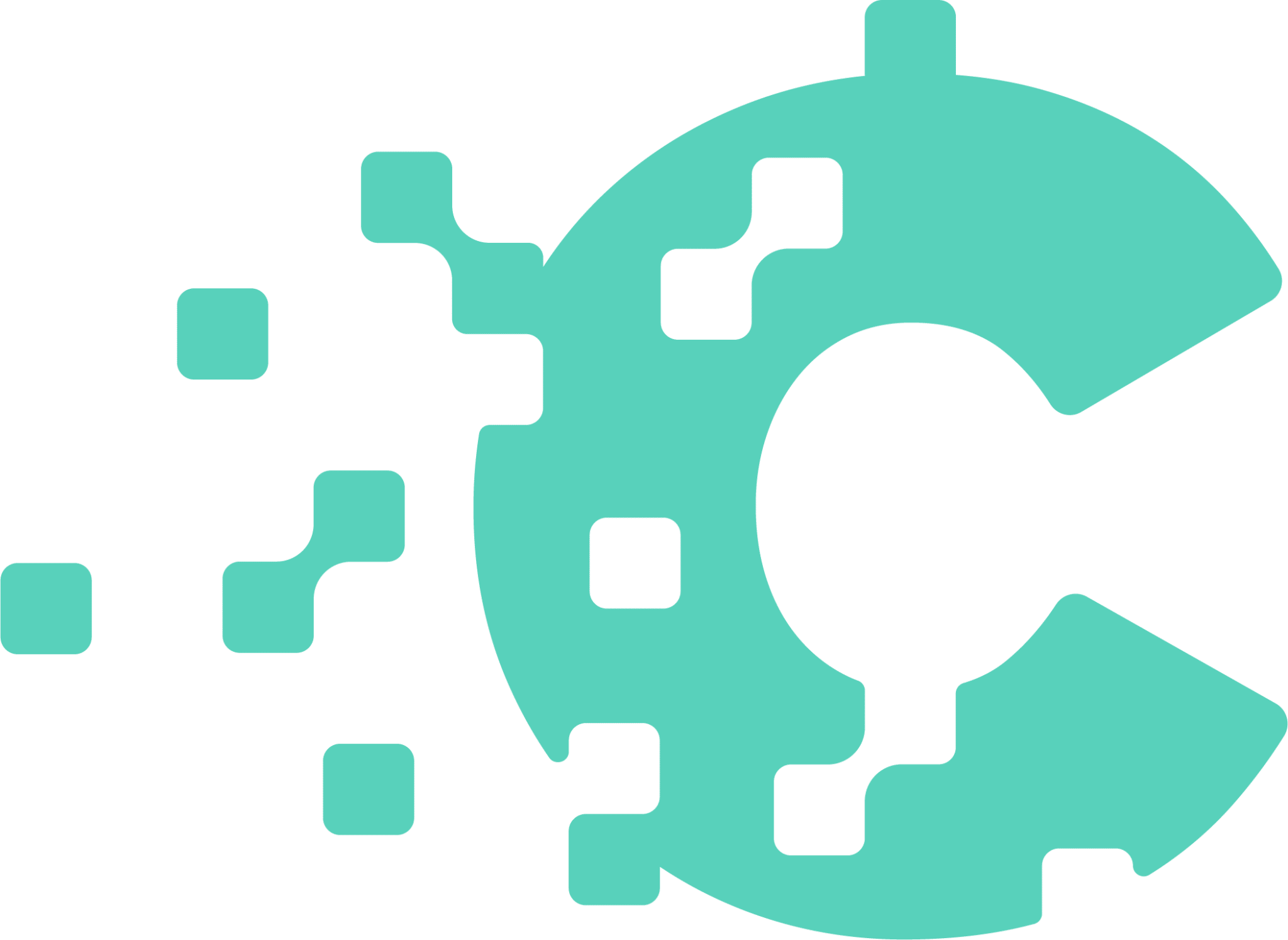In the ever-evolving world of digital marketing, search engine optimization (SEO) continues to play a crucial role in improving a website’s visibility and rankings on search engine results pages (SERPs). Among the various SEO strategies, internal linking stands out as a powerful tool to enhance your website’s performance. In this comprehensive guide, we’ll explore how internal linking can be effectively leveraged to boost your SEO efforts and how our team at Conversion First Marketing can help you.
What Are Internal Links and Why Are They Important?
Internal links are hyperlinks that connect different pages or content pieces within the same website. These links facilitate navigation for both users and search engine crawlers, creating a well-structured website architecture. Here’s why they are crucial:
- Improved User Experience: Internal links guide visitors to relevant and related content, making their journey through your website smoother and more engaging.
- Enhanced SEO: Search engines use internal links to understand the hierarchy and relationships between pages on your site. This can positively impact your website’s rankings.
The Different Types of Internal Linking
Understanding the various types of internal linking is essential for crafting an effective strategy. Here are some common types:
- Navigation Links: These are typically found in menus, headers, and footers, guiding users to key pages like the homepage, product categories, or contact information.
- Contextual Links: These links are embedded within the content of a page and connect to related articles, blog posts, or other relevant resources.
- Footer Links: Links placed in the footer of your website can provide additional navigation options or important information such as privacy policies, terms of service, or contact details.
How to Use it in Your Own Strategies
Now that we’ve established the importance of internal links and the types available, let’s dive into how you can effectively incorporate them into your SEO strategy:
Use Topic Clusters
Topic clusters involve organizing content around a central pillar page and connecting related subtopics through internal links. This approach not only enhances user experience but also signals to search engines that your website is a valuable resource on a particular subject.
Use Internal Links to Help with Indexing
Search engine crawlers use internal links to discover and index new content. Ensure that every piece of content on your site is accessible through internal links from other relevant pages, such as your homepage or category pages.
Link from Your Homepage
The homepage is often considered the most authoritative page on a website. Utilize this authority by strategically linking to important internal pages, giving them a boost in search rankings.
Choose the Right Anchor Text
Anchor text is the clickable text of a hyperlink. It should provide context about the linked page’s content. Opt for descriptive and relevant anchor text to help users and search engines understand the link’s purpose.
Work with the SEO Experts at Conversion First Marketing
Crafting an effective internal linking strategy is a multifaceted task that requires expertise and attention to detail. At Conversion First Marketing, we have a team of SEO experts who specialize in optimizing internal linking strategies for businesses across various industries.
Contact us today to learn how we can take your SEO to the next level with our “SEO First” strategies that drive the right traffic to your business.

